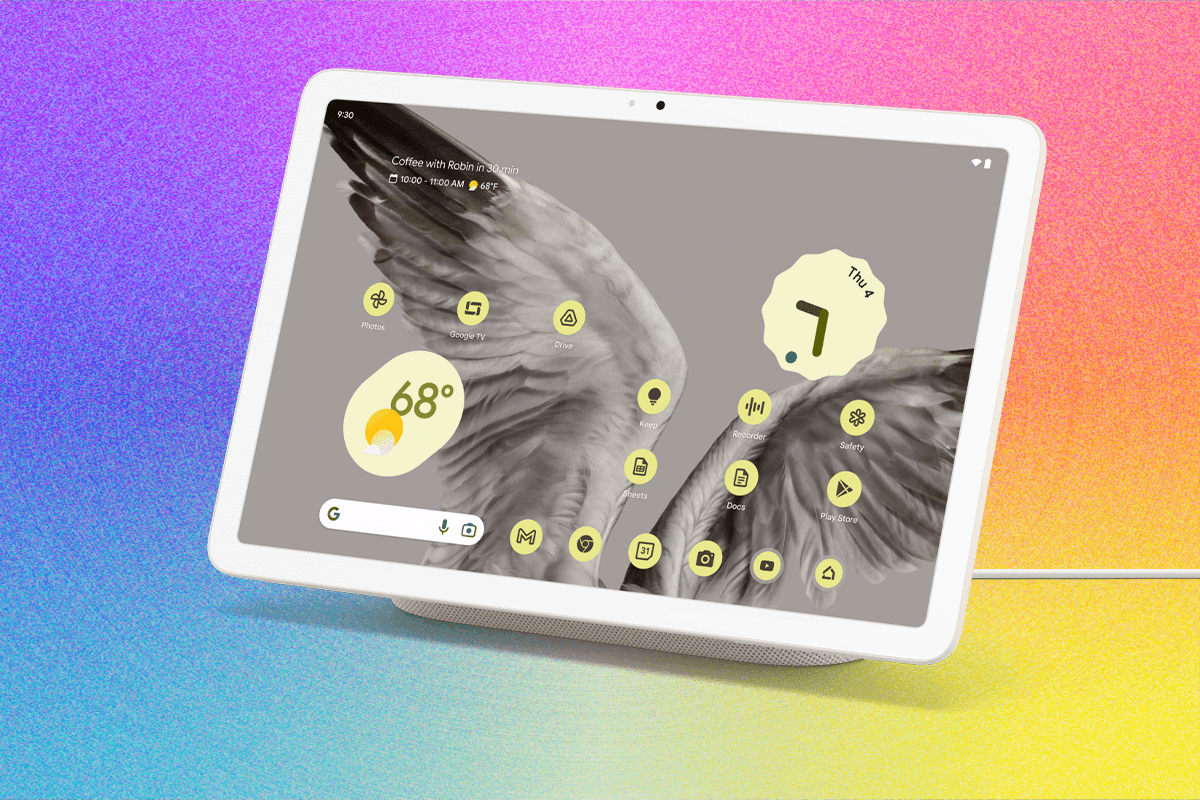The Evolution of Smart Displays: Fusing Sound and Screen into One
3 min read

In the ever-evolving world of technology, the quest for more integrated and seamless devices continues to drive innovation. The smart display, a hybrid of tablet and smart speaker, is one such innovation that is rapidly gaining traction. These devices, tested meticulously by tech enthusiasts, have proven to be the perfect blend of functionality and convenience, offering a glimpse into the future of smart home technology.
The Rise of Smart Displays
The concept of combining visual and auditory technology into a single device is not entirely new. In the early 2010s, we saw the emergence of smart TVs that attempted to bring web connectivity to the living room. However, it was the introduction of devices like Amazon's Echo Show and Google's Nest Hub that truly pioneered the smart display category, merging the voice-activated capabilities of smart speakers with the interactive touchscreens of tablets.
These devices were initially met with skepticism, as consumers questioned their necessity in a world where smartphones and tablets were already ubiquitous. However, as smart home ecosystems began to proliferate, the utility of having a centralized device capable of controlling other smart devices, providing visual feedback, and maintaining an always-ready virtual assistant became increasingly apparent.
Why Smart Displays Matter
Smart displays have carved out a unique niche by addressing some of the limitations faced by standalone smart speakers and tablets. The inclusion of a screen allows for a richer interaction, enabling users to watch videos, follow recipes, and view security camera feeds, all while still delivering the auditory experiences of a smart speaker.
For instance, in the kitchen, a smart display can serve as a digital cookbook, guiding you through recipes with visual and voice prompts. In the living room, it can act as a photo frame, streaming service, and smart home control hub—all from a single, compact device.
Furthermore, with the rise of remote work and virtual communication, the ability to make video calls has become increasingly valuable. Smart displays provide a hands-free, drop-in call experience that is more intuitive than juggling a phone or laptop.
The Future of Smart Displays
As we look toward the future, the potential for smart displays seems boundless. Advances in artificial intelligence are poised to make these devices even more intuitive. Imagine a smart display that proactively manages your schedule, offers personalized content suggestions, or seamlessly switches between tasks based on your habits and preferences.
Moreover, as privacy concerns continue to grow, manufacturers are likely to focus on enhancing security features, such as physical shutters for cameras and more transparent data management policies. The integration of augmented reality could also add a new dimension to the capabilities of smart displays, offering interactive overlays for both entertainment and productivity.
Conclusion
The smart display represents an exciting convergence of technology that promises to redefine our interaction with digital content and smart home devices. By combining the best aspects of tablets and smart speakers, these devices offer a compelling vision of a more integrated and intuitive future. As they continue to evolve, smart displays are likely to become an indispensable element of the modern smart home, driving a new era of connectivity and convenience.
As we anticipate these advances, the current lineup of smart displays already provides a glimpse into the possibilities. For those eager to embrace the future of home technology, these devices are worth considering.
Source: 4 Best Smart Displays (2025): Tested By a Smart Home Addict
